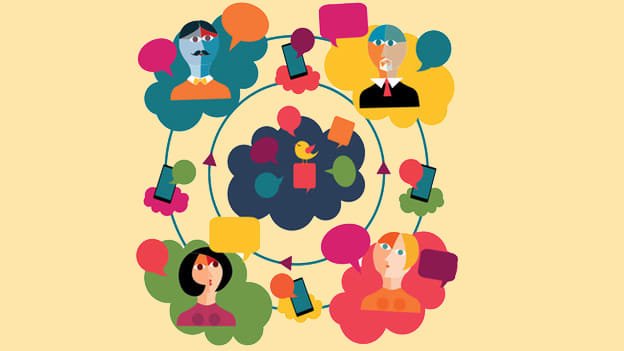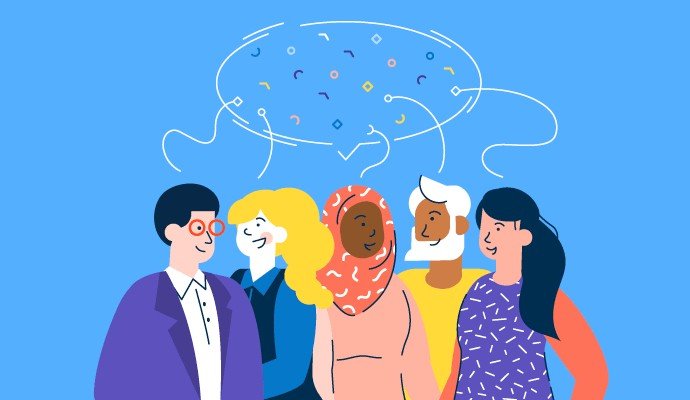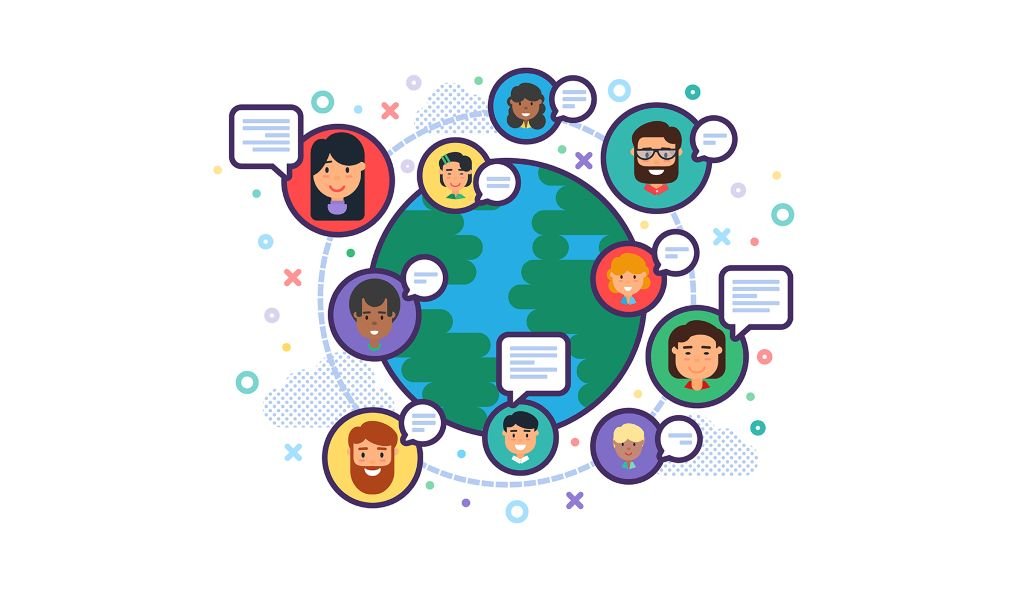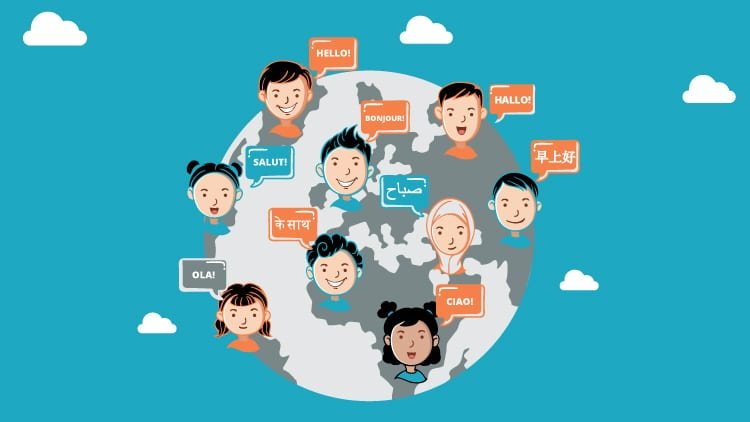
How Social Media is Changing Language Today
Language is constantly evolving, but in the past decade, social media has accelerated this transformation. Platforms like Twitter, Instagram, and TikTok have not only reshaped how we communicate but also introduced new forms of expressive language. Whether it's texting lingo, hashtags, or emoji-rich posts, social media plays a significant role in how language is used and understood in today’s world.
The Role of Social Media in Shaping Modern Communication
Gone are the days when communication was limited to face-to-face conversation or long-form writing. Now, social media gives us a platform for instant communication, and with that speed comes a change in how we use words. The internet has made our conversations faster and shorter, with new forms of expression that are more visual, concise, and sometimes even cryptic.
The Power of Instant Messaging and Short-form Texts
Platforms like WhatsApp and Twitter have popularized instant messaging and short-form texts. These are often characterized by quick responses and minimal typing. What’s fascinating is how these short messages convey big meanings, something that’s become a hallmark of social media communication.
The Evolution of Language Due to Social Media
Slang and New Words Emerging Online
One of the most notable effects of social media on language is the invention of new slang. New words are born every day, often from memes, viral trends, or simply through the creativity of users. Words like “stan” (to be a passionate fan of something) or “yeet” (an exclamation or action of throwing) have spread like wildfire.
Hashtags and Their Impact on Language
Hashtags are another example of how social media is changing language. They aren’t just search tools anymore; they’ve become an essential part of online expression. A hashtag like “#Blessed” can carry a range of meanings—from someone expressing gratitude to sarcastic commentary. Over time, hashtags have become more than just symbols; they create conversations and even influence cultural movements.
Emojis and Their Role in Language Evolution
In the world of social media, emojis have taken over as a secondary language. These tiny symbols help us express emotions, ideas, or entire thoughts without the need for words. An emoji of a laughing face, for example, might replace a full sentence like, “That was really funny!” This use of visual language is changing the way we write and speak.
Abbreviations and Acronyms Becoming Mainstream
Another way social media influences language is through abbreviations and acronyms. Phrases that were once confined to texting, like LOL (Laugh Out Loud) or BRB (Be Right Back), are now part of the general lexicon.
Texting Lingo – LOL, BRB, and Beyond
The influence of texting lingo is widespread. From quick chats to memes, these short forms have become so common that they're used in professional settings, too. Have you ever sent an email that includes “LOL” or “OMG”? If so, you’re not alone!
Twitter’s 140 Characters and Its Linguistic Effect
Before Twitter expanded its character limit, users had to condense their thoughts into a mere 140 characters. This limitation gave birth to new linguistic styles, like abbreviations, wordplay, and a preference for brevity. The influence of Twitter on language has carried over into other platforms like Instagram and TikTok, where short, snappy captions are the norm.
The Influence of Social Media Platforms
Twitter's Impact on Language
Twitter is often credited with pushing the boundaries of how language is used online. The character limit forced users to become creative and concise in their posts, creating a unique form of digital shorthand. It’s also on Twitter where we see many new words, phrases, and even hashtag trends emerge.
Character Limitations and Their Linguistic Effects
The constraints of 140 or 280 characters (now the limit) have impacted language in a very significant way. We’ve had to develop new ways of expressing ourselves concisely, leading to a wave of creative abbreviations, emojis, and the use of acronyms.
The Rise of Trending Words and Phrases
On Twitter, language evolves quickly. Words like “#ThrowbackThursday” or “#FOMO” have not only shaped the way people communicate but also influenced mainstream culture. Social media trends are a clear example of how digital spaces can fuel the rise of new terms and expressions.
Instagram and Visual Language
Instagram’s focus on visual content has led to a shift in how we communicate online. This platform is not just about pictures but also about how those pictures are accompanied by language, such as captions, hashtags, and comments.
The Use of Image-Based Language
Instagram has made images and video the primary form of communication. As users share photos, they often pair them with concise captions that convey emotions, experiences, or opinions. These captions, combined with visual elements, create a hybrid form of language.
Captions and Hashtags: The Language of Instagram
The language of Instagram has its own rhythm. Hashtags like “#OOTD” (Outfit of the Day) or “#TBT” (Throwback Thursday) have become second nature for users. These terms create a shared understanding and act as linguistic shortcuts for larger concepts.
Social Media Language and Its Effects on Professional Communication
Impact on Business Communication
Social media’s informal tone has extended into the business world. Today, companies are using a more casual language to engage with customers. Brands now communicate using emojis, colloquial language, and even memes to humanize their messaging.
The Rise of Informal Language in Emails and Marketing
Emails that once followed strict formalities are now embracing a more casual, conversational tone. This trend isn’t just limited to small businesses—it’s happening across industries.
Social Media’s Influence on Public Speaking
The informal nature of social media is also making its way into public speeches. Political leaders, CEOs, and influencers are adopting a more relatable tone to connect with their audience.





